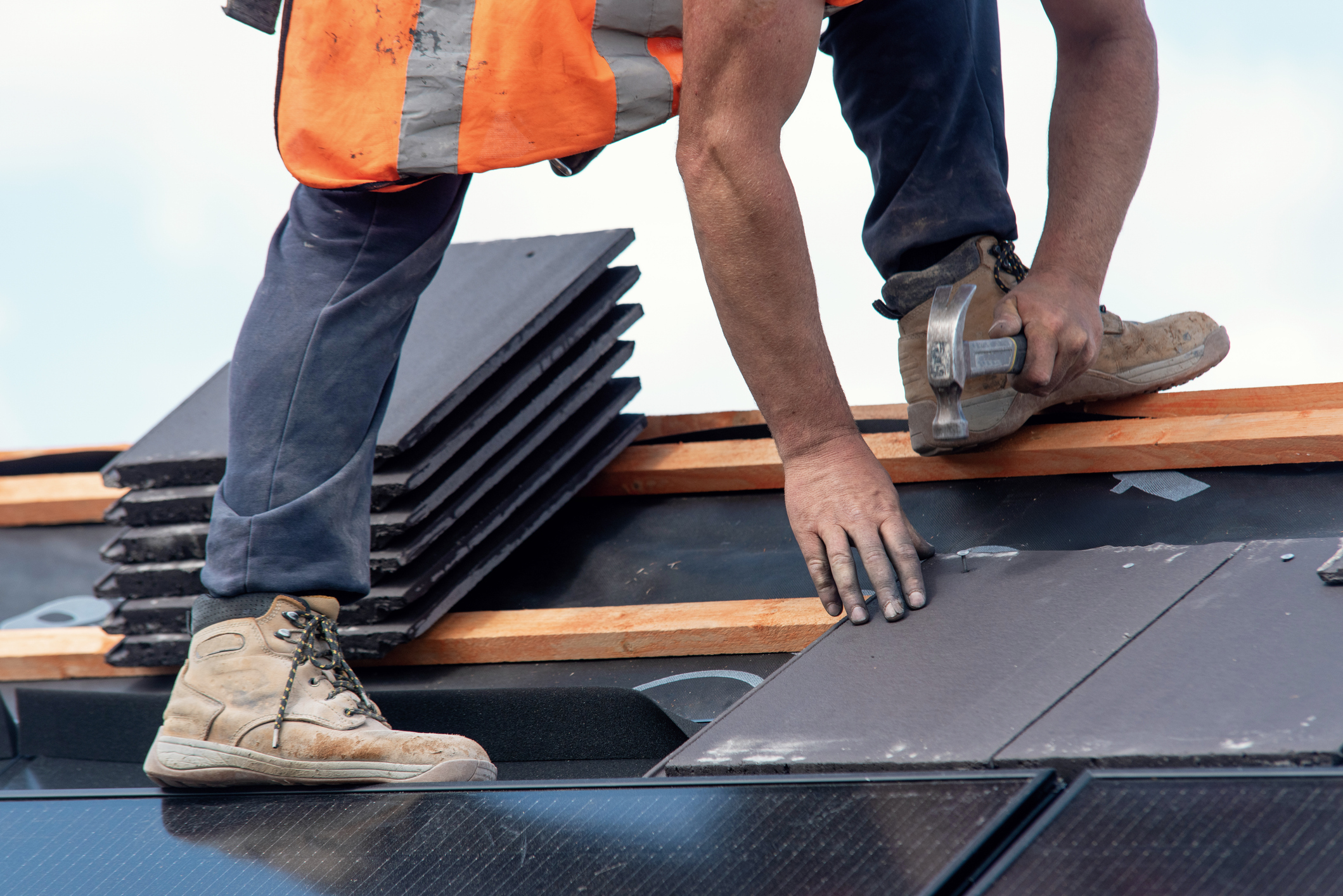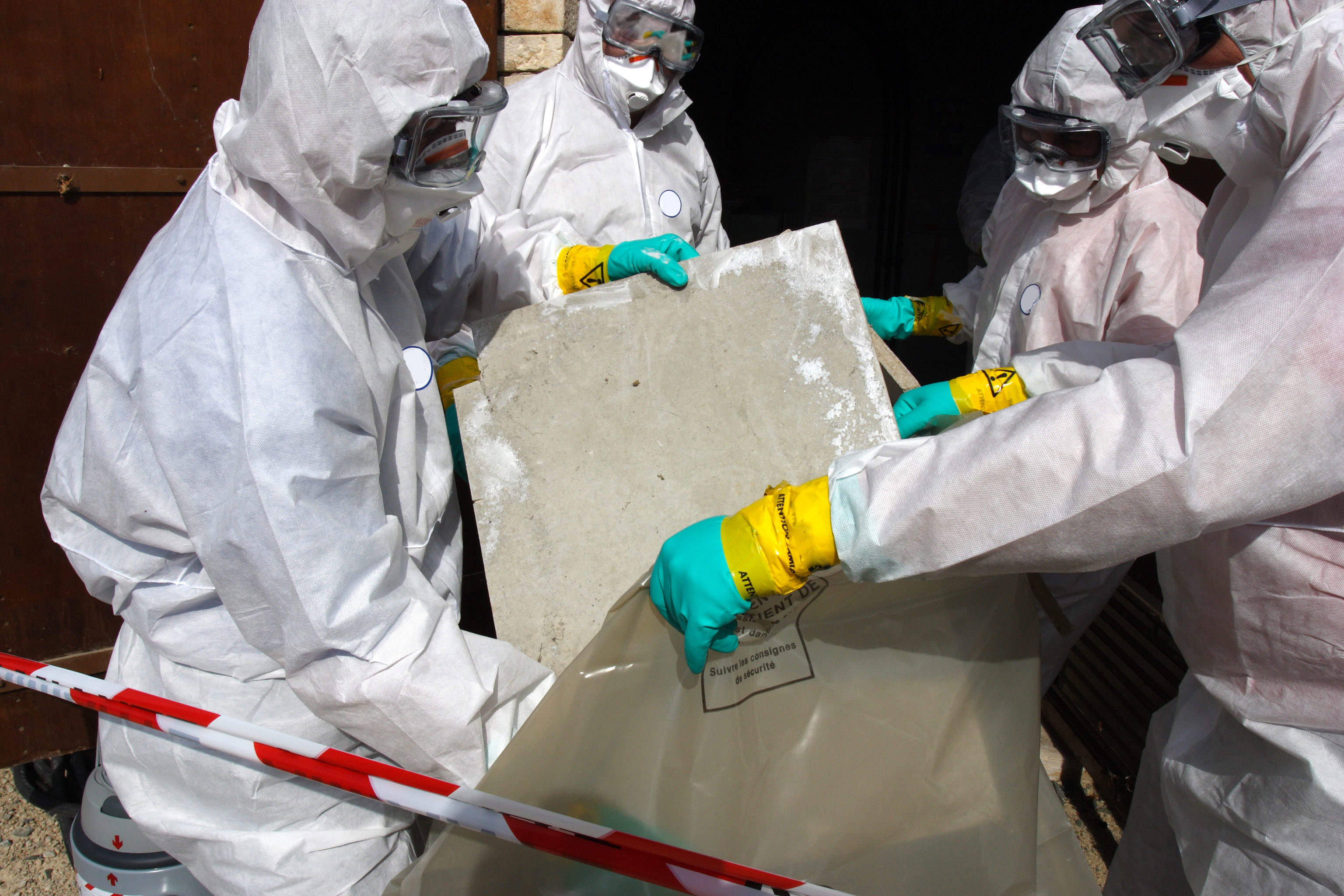Mind the mulch: asbestos contamination found across Sydney
The NSW Government has assembled a dedicated Asbestos Taskforce on the heels of the EPA's investigation into asbestos discovered in several mulch samples across Sydney.

The following is an abridgement of an article originally published by the NSCA Foundation.
The NSW Government has assembled a dedicated Asbestos Taskforce on the heels of the EPA's investigation into asbestos discovered in several mulch samples across Sydney. The situation has been deemed significant enough to activate a surge workforce to assist in the growing scale of the investigation, with details still unfolding.
What has been discovered so far
As of February 20th 2024, the EPA found six positive results and one hundred negative results for contamination in the single day, ticking the total at time of reporting to 47 positive sites since testing started on January 10th. These sites span across 23 public locations, mostly showing lower-risk bonded asbestos, but with more dangerous friable asbestos discovered in some places.
Sites with positive results for asbestos include:
- Bicentennial Park 1, Glebe (part of the Glebe foreshore area), with one sample containing friable asbestos
- a Surry Hills park, also exhibiting a sample of friable asbestos
- North Rosebery Park
- a private aged care facility in St Ives
- an industrial area in Rouse Hill
- Mary Mackillop Catholic Parish, Oran Park
- a small number of private residences
All of the above sites have been secured or are in the process of being secured. Furthermore, precautionary testing is also being conducted at St Justin’s Catholic Parish Primary School and St Benedict’s Catholic College in Oran Park, as well as four hospitals (Westmead Hospital, Sydney Children’s Hospital, Hornsby Ku-ring-gai Hospital, and Nepean Hospital) and two ambulance stations (in Tumut and Woy Woy), due to their proximity to identified contamination sites.
What do we know about the source?
It appears that the asbestos came from broken asbestos-cement sheeting ('fibro'), likely originating from building demolition sites. The scale at which the contaminated mulch has been distributed suggest a larger issue relating to handling and disposal of demolition waste, rather than an isolated incident. The EPA describes their investigation as a complex criminal inquiry, focused on tracing the supply chain of asbestos-contaminated mulch to identify the source(s) and responsible party(s). No specific entities, companies, or individuals have yet been named.
What is the risk?
In general, bound (non-friable) asbestos that is undisturbed can be considered low risk, particularly when damp. Even when dry, it cannot be crumbled by hand pressure, meaning that the harmful fibres are not readily released into the air. On the other hand, friable asbestos, which was found in the minority of cases, poses a legitimate danger even from a single exposure. Additionally, bonded asbestos can become friable if sufficiently damaged. The health risk from asbestos exposure is cancer, which may take 10-50 years to develop after the time of exposure.
What can be done?
While there is no cause for panic, the public is advised to avoid mulched areas until sites have been inspected or more information on the source and distribution of the contamination is released. Individuals who believe they have spotted asbestos fragments are also encouraged to contact their local council to make a report. Fibro debris is usually a light grey or dirty colour, resembling flat broken cement with golf ball-like dimpling on one side, and often has jagged edges.





